Quanzhou Photo Gallery

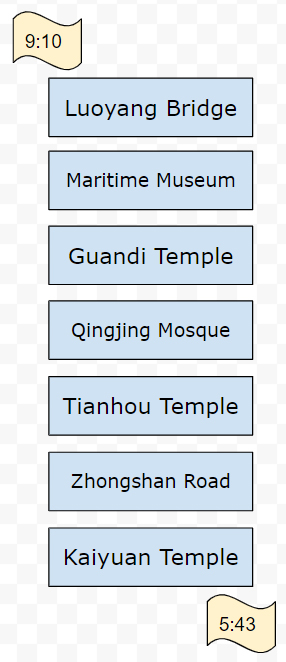 |
Although Quanzhou is a relatively unknown city today, it played a huge role during ancient times as a major port for foreign trade, reaching its peak during the Song and Yuan Dynasties from the 10th century onwards. By the 13th century, it was believed the city had half a million residents, earning praise from foreigners who came from afar, such as Marco Polo and Ibn Battuta. Quanzhou's maritime network extended to Southeast Asia, India, and even East Africa. As a result, there was a large foreign merchant community in the city, which we can still see today through various unearthed religious artifacts and tombstones with Muslim, Hindu, and Christian influences.After the Yuan Dynasty fell, China retreated into isolation. Coupled with threats from Japanese pirates and the silting harbour, the city fell into decline, and entirely forgotten by the time the Opium Wars forced China to open its ports for trade. Nevertheless, it is very worthwhile to visit, as there is plenty from its heyday to see. The city's historic sites have also earned UNESCO World Heritage status in 2021. Getting Here : Quanzhou is on the high-speed line, taking under an hour from Xiamen's rail station, or half the time if from Xiamen North. With frequent departures, Quanzhou is a very reasonable day trip from Xiamen. However, do budget an extra half hour to connect from Quanzhou's station, which is outside of town. Getting Around : Quanzhou doesn't have a metro system so you will need to rely on buses to travel between attractions. Fares are very cheap, with historic centre journeys costing 1 yuan, and a little more heading to Luoyang Bridge. I used Baidu maps to plan my bus journeys but you will need to input the destination in Chinese or English pingyin.
|
|
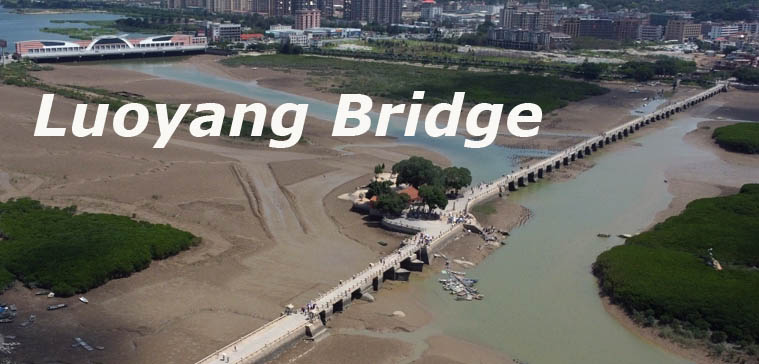
|
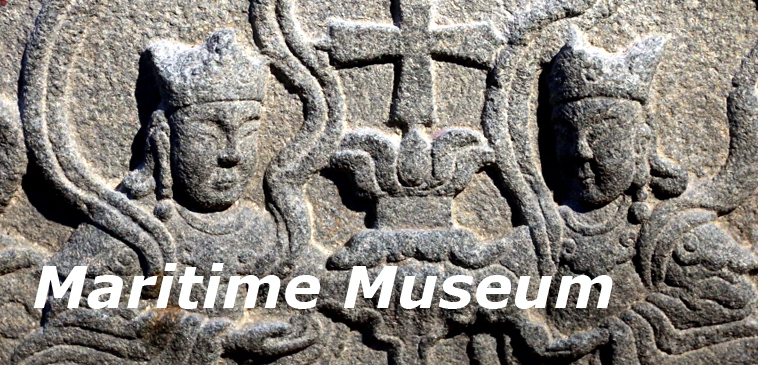
|
|
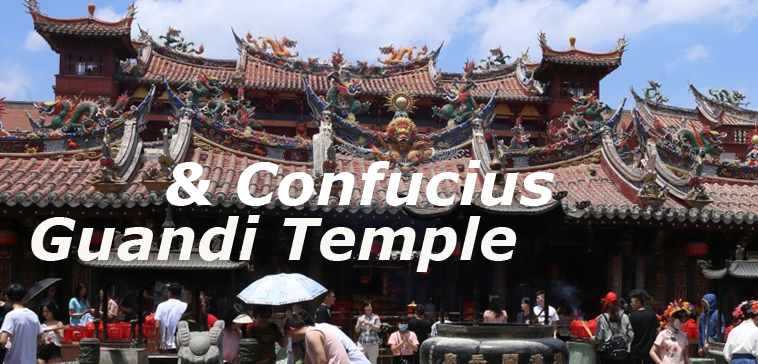
|
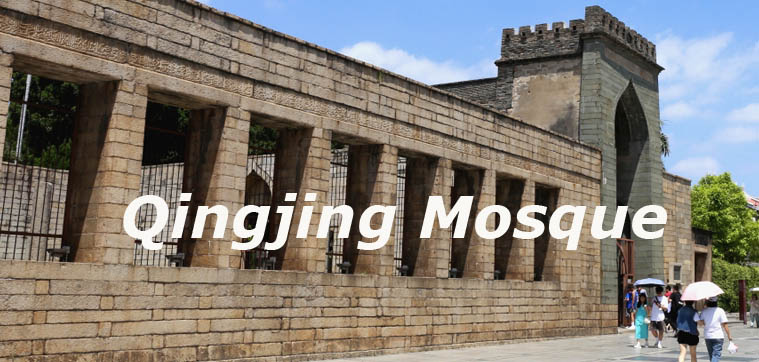
|
|
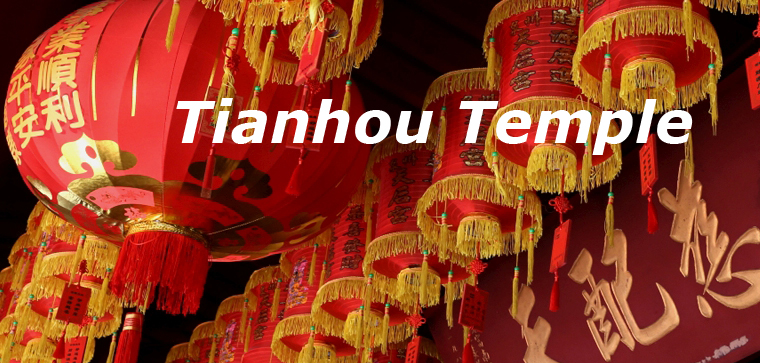
|

|
|